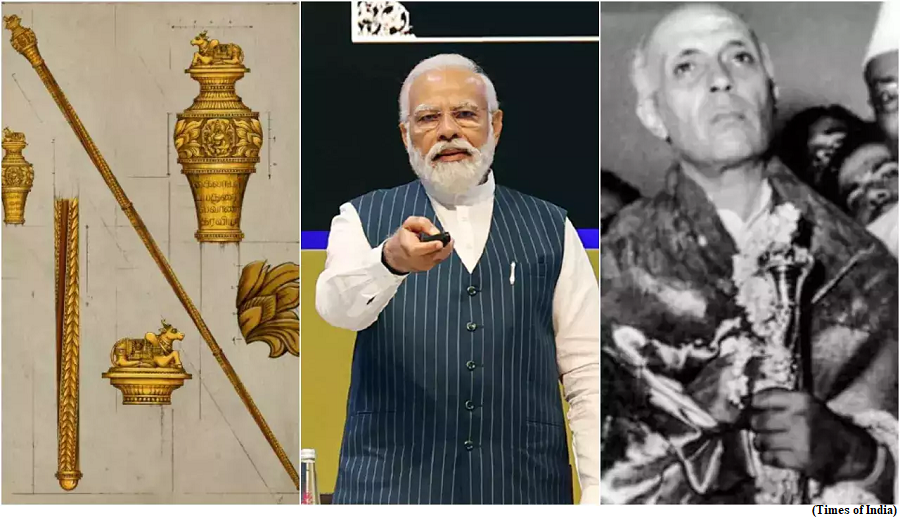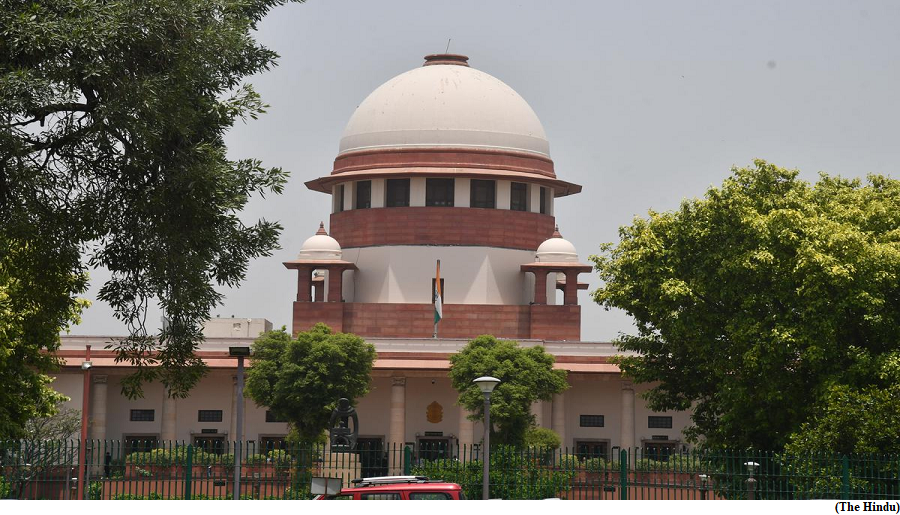Ministry of Civil Aviation launches UDAN 5.1 (GS Paper 3, Infrastructure)

Why in news?
- Following four successful rounds of the Regional Connectivity Scheme (RCS) - Ude Desh Ka Aam Nagrik (UDAN) and with the version 5.0 of the fifth round underway, the Ministry of Civil Aviation has launched UDAN 5.1 to further enhance the connectivity to remote areas of the country and achieve last mile connectivity through helicopters.
- For the first time under RCS-UDAN, this round is designed specifically for helicopter routes.
The main features include:
- An increase in the scope of operations for operators wherein the scheme will now allow routes where one of the origin or destination locations is in a priority area. Earlier both points had to be in priority areas.
- Airfare caps have been reduced by as much as 25% to make flying in helicopters more affordable for passengers.
- Viability Gap Funding (VGF) caps for the operators have been increased substantially for both single and twin-engine helicopters to enhance financial viability for operating the awarded routes.
Focus on last-mile connectivity:
- The current version of the scheme has been designed after consultations with all stakeholders including helicopter operators. While the intended target is to provide last-mile connectivity, it is also projected to give the helicopter segment of the Indian civil aviation industry a much needed boost.
- It may be mentioned that till date 46 helicopter routes have been operationalized under previous rounds of the scheme benefitting a number of hilly and North East states and this round is targeting coverage of a much larger number of routes.
Way Forward:
- Greater helicopter penetration through such efforts will help boost tourism, hospitality, and thus, our local economies. UDAN 5.1 heralds a new dawn not just for civil aviation, but also for India’s remote & unserved regions.
PM Modi will establish the historical and sacred ‘Sengol’ in the Parliament House
(GS Paper 2, Polity and Governance)
Why in news?
- The upcoming inauguration of the new parliament building will see Prime Minister install a historic sceptre from Tamil Nadu next to the Lok Sabha Speaker’s seat.

Details:
- Known as Sengol, derived from the Tamil word “Semmai”, meaning “Righteousness”, the sceptre is a “significant historical” symbol of Independence as it signifies the transfer of power from the British to the Indians.
- Pandit Jawahar Lal Nehru accepted Sengol at around 10:45 pm of August 14, 1947, through the Adheenams (Priests) of the ThiruvaduthuraiAdheenam (Mutt) in Tamil Nadu, it was a sign of shift of power from Britishers to the people of India.
- It is blessed by the high priests of a leading Dharmic Mutt in Tamil Nadu. The Nandi, with its unyielding gaze as the beholder of “Nyaya”, is hand-carved at the top.
- Most importantly, the recipient of the Sengol has the “order” (“Aanai” in Tamil) to rule justly and fairly.
Role of Mutts:
- The Tamil Nadu government has proudly published the role played by the Mutts of the State in the Hindu Religious& Charitable Endowments Department (HR&CE) Policy Note of 2021-22.
- Para 24 of this document clearly highlights the role played by the Mutts as Royal Counsel.
- This historic plan has been prepared in consultation with the presidents of Adheenam. All 20 Adheenam presidents will also be present on this auspicious occasion to shower their blessings in reminiscence of this sacred ritual.
Why was the Sengol given to Nehru?
- According to the official document, just before Independence, Lord Mountbatten, the last Viceroy of India, asked Nehru about “the ceremony that should be followed to symbolise the transfer of power from British to Indian hands”.
- The soon-to-be prime minister went to consult C Rajagopalachari, the last Governor-General of India, who told him about a ceremony performed during the Chola dynasty, in which the transfer of power from one king to the other was sanctified and blessed by high priests.
- The symbol (for the transfer of power) used was the handover of the ‘Sengol’ from one King to his successor. It added that the newly crowned ruler would be given the Sengol with an order to rule his subjects fairly and justly.
How was the Sengol handed over to Nehru?
- Three people, including the Deputy high priest of the Adheenam, the Nadaswaram player Rajarathinam Pillai and the Oduvar (singer), brought in the newly-made Sengol from Tamil Nadu.
- During the ceremony, which took place on August 14, 1947, a priest gave the sceptre to Lord Mountbatten and then took it back. It was then “taken in procession to Pt Jawaharlal Nehru’s house, where it was handed over to him. A special song was rendered, as specified by the high priest.
- It added the song played during the ceremony was composed by the 7th-century Tamil saint Tirugnana Sambandar, a child prodigy who lived only 16 years.
Independence of judiciary is part of basic structure of Constitution: SC
(GS Paper 2, Polity and Governance)
Why in news?
- The Supreme Court has held that the independence of district judiciary is part of the basic structure of the Constitution and judicial independence from the executive and the legislature requires the judiciary to have a say in matters of finances.

Details:
- The three-judge Bench of Chief Justice D.Y. Chandrachud, Justices V. Ramasubramanian and P.S. Narasimha also held that the district judiciary is, in most cases, also the court which is most accessible to the litigant.
- The directions were based on the recommendations made in the report of the court-appointed Second National Judicial Pay Commission headed by Justice P.V. Reddi (retired) as its chairman with senior advocate R. Basant as its member.
Petition before SC:
- The judgment, based on a petition filed by the All India Judges Association, gave a series of directions to amend the service rules of the district judiciary and for payment of arrears of pension, additional pension, gratuity and other retiral benefits.
Financial security:
- The judgment records the crucial role played by the district judiciary in the justice administration system by recording the submissions made by its amicus curiae, advocate K. Parameshwar, that “on a single day, the district judiciary handled nearly 11.3 lakh cases”.
- The judgment highlighted the doctrine that the judiciary must possess the inherent power to compel payment of those sums of money which are reasonable and necessary to carry out its mandated responsibilities.
- This doctrine is only the logical conclusion of separation of powers and ensures that the independence of the judiciary is secured.




